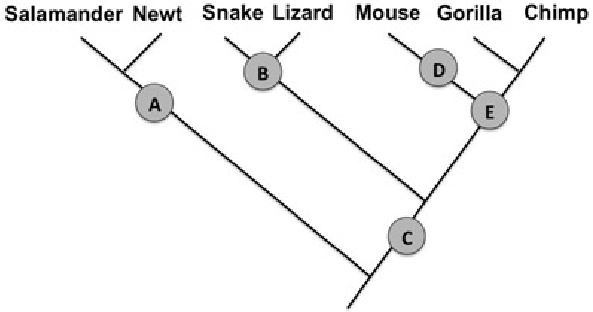The primary cause of human population growth following the Industrial Revolution was
a. an increase in death rates.
b. a decrease in death rates.
c. an increase in birthrates.
d. a decrease in birthrates
e. more children being born to women over 35 years of age.
B; Improved medical practices, better sanitation, and nutrition all contributed to people living longer and lower infant mortality. Therefore, decreased death rate is the well-documented reason for increased population numbers.
You might also like to view...
A ______________ group does not contain the most recent common ancestor.
Fill in the blank(s) with the appropriate word(s).
A frog should be added to the phylogeny above at point

A. A.
B. B.
C. C.
D. D.
E. E.
Clarify Question
· What is the key concept addressed by the question?
· What type of thinking is required?
· What key words does the question contain and what do they mean?
Gather Content
· What do you already know about cladistics?
Consider Possibilities
· Consider the different answer options. Which can you rule out?
Choose Answer
· Given what you now know, what information and/or problem solving approach is most likely to produce the correct answer?
Reflect on Process
· Did your problem-solving process lead you to the correct answer? If not, where did the process break down or lead you astray? How can you revise your approach to produce a more desirable result?
When affected males produce all affected daughters and no affected sons, the pattern of inheritance is likely to be ____________________
Fill in the blank(s) with correct word
A benign tumor differs from a malignant tumor in that a benign tumor
A) is cancerous. B) spreads from the original site. C) does not metastasize. D) never causes health problems.